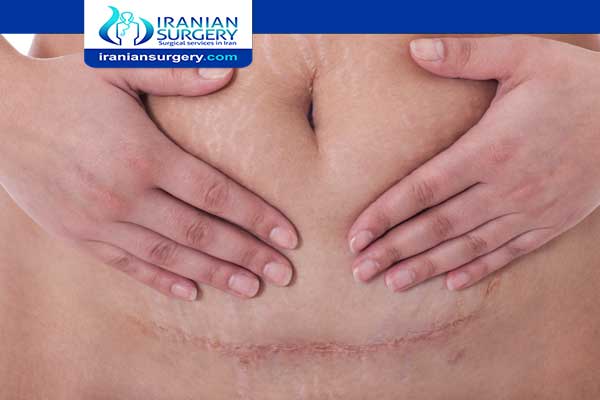Hysterectomy surgery scars

laparoscopic hysterectomy scars
A laparoscopic hysterectomy is a minimally invasive procedure that uses tiny instruments to remove the uterus through small incisions in the abdomen.
The surgeon starts by inserting a laparoscope through a small incision in the belly button. This is a thin, flexible tube that contains a video camera. It gives surgeons a clear view of internal organs without the need for a large incision.
Next, they’ll make two or three small incisions in the abdomen. They’ll use these small holes to insert small surgical tools. These incisions will leave a few small scars, each about the size of a dime.
Robotic hysterectomy scars
A robotic hysterectomy uses high-definition 3-D magnification, miniature surgical instruments, and robotic technology. The robotic technology helps surgeons view, disconnect, and remove the uterus.
During a robotic hysterectomy, a surgeon will make four or five small incisions in the abdomen. These small incisions are used to insert surgical tools and thin robotic arms into the abdomen.
Robotic hysterectomies result in penny- or dime-sized scars similar to those left by laparoscopic procedures.
Wound care
Change the dressing over your incision once a day, or sooner if it gets dirty or wet.
- Your provider will tell you when you do not need to keep your wound covered. Typically, dressings should be removed daily. Most surgeons will want you to leave the wound open to air most of the time after you are discharged from the hospital.
- Keep the wound area clean by washing it with mild soap and water. DO NOT take a bath or submerge the wound under water.
You may remove your wound dressings (bandages) and take showers if sutures (stitches), staples, or glue were used to close your skin. DO NOT go swimming or soak in a bathtub or hot tub until your provider tells you it is OK.
Steris-trips are often left on incision sites by your surgeon. They should fall off in about a week. If they are still there after 10 days, you can remove them, unless your provider tells you not to.
10 common questions about hysterectomy surgery scars
[kkstarratings]


